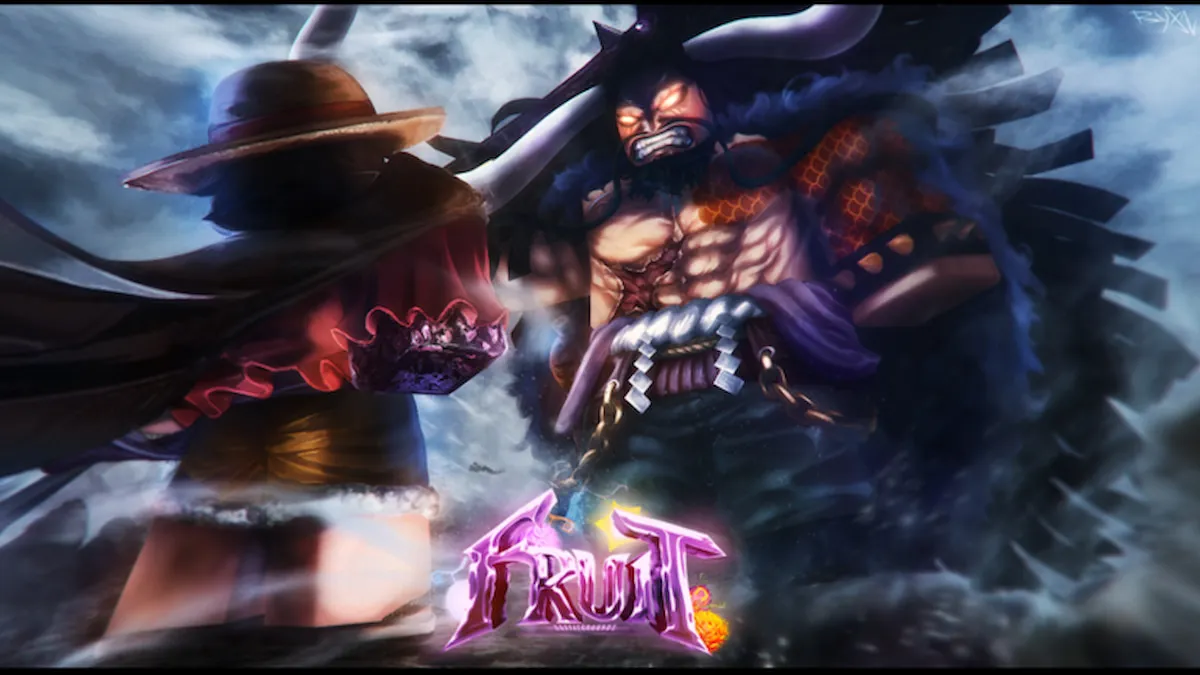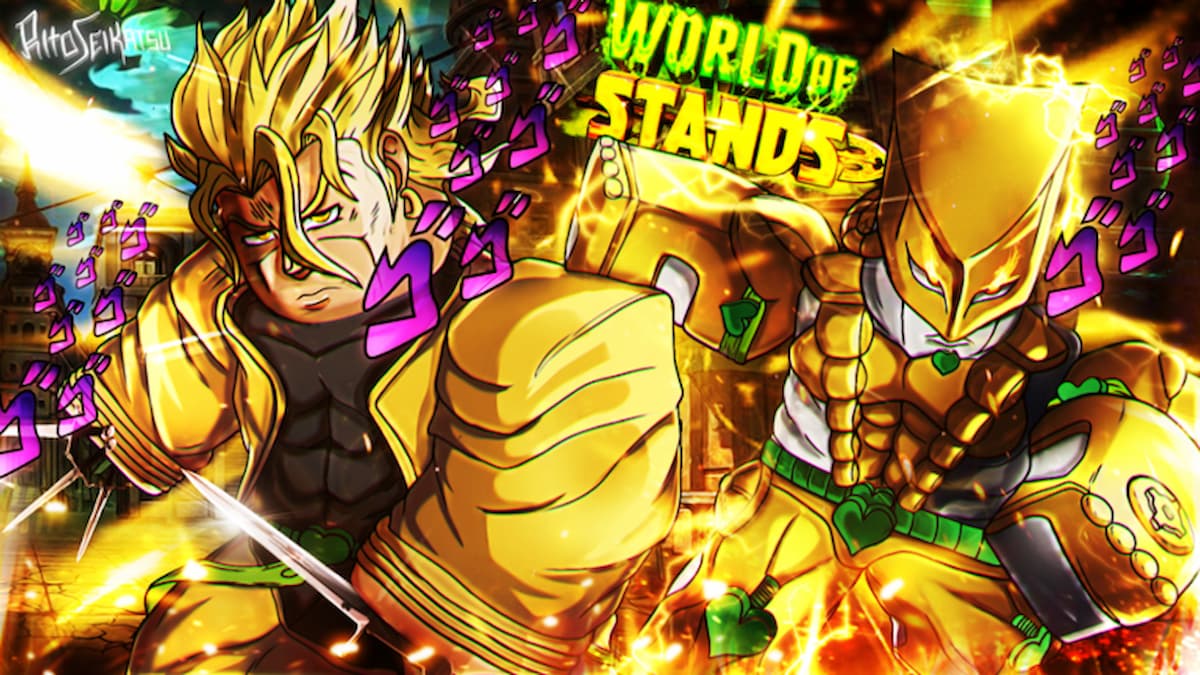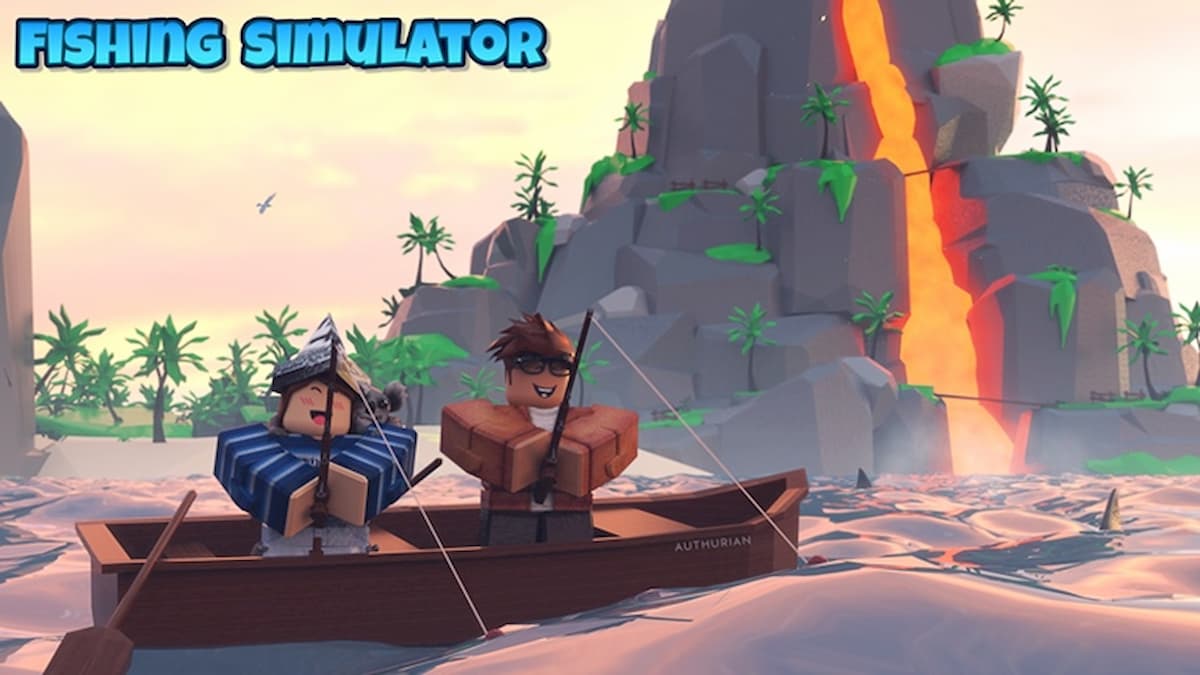In this review we go through the ups and downs of Anthem, the new looter -shooter from Bioware. We waited to review the game until the recent patch, to try to give you the most complete picture possible.
Important: We decided to wait until we got to play the game with the latest patch before we finalized our review. This was done to try and give readers the complete picture of the state of the game for its worldwide launch.
I am going to begin this review by being as open, and as honest, as I can. I wanted to like Anthem. I’m just predisposed to being interested in this type of game, and having another looter-shooter to juggle into my already busy gaming time was something that appealed to me. If games have a weirdly addictive core loop, some multicolored loot, and a grind, well…that is just what I seem to like. I still do want to like Anthem, which potentially says more about me as a person than it does about the game itself, but every time I try to develop some warm feelings toward it, something seems to happen which is entirely frustrating.
For those who don’t know, Anthem is the latest release from famous studio Bioware, published by EA. It takes the form of a large scale, open world, narrative led, looter-shooter. It puts you in the shoes of a Freelancer, a pilot of an effortlessly cool battle suit. These things can fly, carry all kinds of weapons, and do some excellent superhero style landings. It is your job to protect the world from assorted, and ever-present dangers. Unfortunately, the Freelancers appear to be coming to the end of their time. They are no longer seen as the heroes of the past. Previous failures to prevent bad things from happening means the public no longer looks to the Freelancers to save them. As such, the game casts you in an exciting role, as a witness to the Freelancers greatest failure, and as a determined warrior who wants to return the Freelancers to prominence once again.
The Better Bits
Central to any enjoyment in the game is the movement system. Your battle suits, called Javelins, have thrusters on their back that allow you to fly around the open world. You can speed through the air, hover, and enjoy just about everything you would hope from a movement system that gets your feet off the ground. The Javelins themselves all feel unique, even in the air. There is a subtly to the animations involved in flying that do make it all feel pristine. While the controls in the game’s demo felt somewhat awkward and lackluster on PC, by the time I got a review code for the game they had been sharpened up nicely.
It’s not just in the air that Javelins feel unique; it has to be said. Each one has its playstyle, from the hyperactive Interceptor to the plodding, pummeling Colossus. There is an excellent reason to try out each one, and find the style that works for you. I currently have all four of my Javelins above 400 Power, so I am firmly in the endgame with all of them. Each one gives me a reason to play it, depending on my mood at the time.
The progression system is also something I like about Anthem. You play one character with access to all four Javelins. Because a lot of your weapons and gear can be shared between them, you never really feel like one is falling behind. You don’t have to play through the story multiple times to get them all up to speed, and this is a godsend. For people like me, the third time through a Destiny campaign is always painful, and I appreciate that Anthem lets me avoid having to do the same thing.
Combat is fun, with depth coming from the interactions built from your various abilities. The Combo system allows you to juggle attacks known as primers, with other attacks know as detonators. Primers set up enemies, while detonators cause various effects like increased damage or area-of-effect attacks. This results in decent build variety, as you try and find attacks that work well together. I like to build my Colossus to do mass priming of enemies, then leave it up to my squad mates to get the detonations, happily using my melee attack when I choose to detonate an effect myself. It leads to solid teamwork, especially on the higher end of the difficulty scale.
Finally, on the aesthetic front, everything looks as good as you have come to expect from the Frostbite engine. I am not sure if I have ever seen a better looking open world. The cracked and broken ruins that stretch out from Tarsis, the main city and hub of the game, seem to go on for miles. Deep ravines, rocky cliffs, and gushing waterfalls all combine to make the open world feel real and genuine.
The Average Bits
Despite Bioware being known as a very narrative-focused developer, the story here is something I would consider to be pretty average. It has its highs and lows, but for the most part, doesn’t do anything to get me invested. The potential threat to Tarsis never really seems very pressing, and it is only really in the last couple of missions that Anthem manages to get a decent sense of pass going, finally tapping into the feeling of scale offered by its setting. The main Antagonist, the Monitor, is also mostly devoid of character. He wants to do something bad for some reason, and we want to stop him. His rise to prominence is never really explained, and his motivations are never really examined. It is a shame, as Bioware has given us some deep and well-written antagonists in the past.
When it comes to individual characters, some of them do manage to stand out. It is obvious a lot of work went into the animations and facial expressions for Owen, your fledgling friend and the person who guides you as you go on missions. This is married with a great performance by voice actor TJ Ramini. I don’t want to get into spoiler territory, but the only downside to Owen was that his character development was a little telegraphed. Sadly, many of the other characters are just run of the mill exposition fodder. The story does prop itself up with some neat twists from time to time but mostly boils down to stopping the Big Bad and making people like you more than they used to.
I think a lot of the interest of the story is lost because its delivery floats awkwardly between two different systems. It is not just a story you passively witness from the first person view, nor is it driven by your choices, as so many previous Bioware efforts had been. Instead, you occasionally get some seemingly meaningless dialogue choices that don’t seem to impact how other characters see you in any way. It is just a temporary option that in the end looks to mean nothing, and almost feels like a button press designed purely to keep you focused, rather than something that was picked actually to keep you interested.
Mission variety is also sorely limited. The majority of them boil down to a differing sequence of collecting things, and fighting waves of enemies. While the very nature of the looter shooter is to have you doing the same thing again and again, and all games can be boiled down to the simplest elements of their genre, Anthem does stretch the simple concepts of shooting some things and collecting other things. The missions can also contain the occasional puzzle, but these are inevitably so simple that you wonder why they were needed at all. They mostly boil down to spotting a very obvious clue in the environment, often directly on the wall behind the puzzle, and that’s it.
Even the loot system feels strangely lackluster. There are no quests to find epic armor and weapons used by Freelancers of legend. There is no system in place to increase the level of a piece of loot you like, something the majority of looter shooters decided was necessary a long time ago. There are not even new in-game models for the higher ranking gear. While the higher level gear is more powerful, I was foolishly hoping for powerful weapons that might chain lighting between enemies, or create mini-black holes that dragged bad guys off to an endlessly collapsing singularity. I was hoping for a “holy cow” moment, but the loot system is just a little short on beef.
The Bad Bits
This aspect of the game can be mostly summed up in two parts. Bugs, and confusing design decisions. Quite frankly, not a single piece of my playthrough remained unaffected by bugs. Loot would disappear from my loadout after I had loaded into a mission. Sometimes those missions would just glitch out, and I would need to restart them. Audio would, from time to time, just completely cut out, forcing me to restart the game to fix it. While playing missions, the narrative would arrive in terribly disjointed segments, completely killing any tension, and I would often have to sit around and wait for it to all catch up for the mission to progress.
As I flew around the world or even walked around Tarsis, large parts of the level would take forever to load in. I would arrive in a section of the map and have to wait for trees and buildings to load in, sometimes taking a couple of minutes to do it. On missions, enemies wouldn’t load in on my screen, but my squad mates would be fighting them, and the enemies could damage and even kill me. Thankfully, both these issues have largely been resolved by the recent patch.
Loads times on an SSD are long, but after testing on a standard hard drive, they just feel cruel to those who don’t own the faster SSD drives. The patch also seemed to introduce new bugs. While it did solve my geometry streaming problems, it seemed to break the Quickplay option almost wholly. I would say about one in five attempts to play a mission this way has been successful for me since the patch, the rest of the efforts resulting in me and my squad loading into a mission area, but the mission itself just glitching out, refusing to advance. This then renders Strongholds as the only reasonable means by which I can engage in the loot grind that is the endgame of Anthem.
Post patch, I also encountered a problem I never had before, where the game seems to misread the gear I have on. My Colossus, built to be an absolute monster tank, would occasionally have about a quarter of the health it should, forcing me to abandon fellow squads when I realized I just couldn’t tank the way I needed to. I don’t want to hammer the bugs all day, but they are sadly plentiful, occurring far more often than I would deem acceptable in a game that was available for purchase when I was reviewing it. The patch, while solving some, also seemed to generate more, and all said and done the sheer volume of them would not only reduce my enjoyment of any game but also led to some moments of sheer frustration.
Designer Issues
Design-wise, some things are either downright confusing or just leave a lot to be desired. Tarsis, the main area you will be in when not doing missions, is awkward and annoying. You have to walk around to interact with NPCs who might give you missions or might just tell you a story. It is a poorly spread out hub world that I had genuinely started to hate by the time I finished the story.
The Forge, the place you go to set up your Javelins, needs to be loaded into, and only from certain places in the game’s world. You can’t access it from a menu, which just seems like an unusual design choice. Loading screens are everywhere, and there is no way to just go from one mission into another without a few loading screens in between. The cycle of walk around Tarsis, find a mission, go to the Forge to ensure you have your best gear equipped, the required loading into and out of the Forge, then loading into your mission. Hopefully playing it bug-free, loading back into Tarsis or the Forge ( then Tarsis), then having to do it all again was another source of frustration. Nothing was quick, or fast, or even easy.
The main mission menu was also needlessly obtuse, although I have to give Bioware credit for making it more manageable with the patch. Essential elements of the game, such as the Combo and elemental damage systems are not explained at all in game. The movement system is never really taken advantage of, boiling down to a means of transport when it really should be an essential aspect of the game. On top of this, many missions force you into fighting in closed environments, where your ability to fly hardly seems to matter at all. I would have loved to see some missions that stretched your ability to master the movement system, but they sadly lack at the moment.
One of the most baffling design decisions was the lack of text chat. I have heard maybe two people use VOIP in all my time playing it. For the most part you just have no way to communicate with your team. No way to interact on a meaningful level, teach others, or learn from them. This combines with no way to place waypoints on the map, so in Freeplay you have no idea what other players are doing. Somebody could be off fighting a Titan, and you would have no way of knowing it.
It is just hard to shake the feeling that more could have been done, or even should have been done, with the game. When entering a market that already has some major players, it is important to launch with a degree of refinement and polish, but that is sadly lacking for Anthem.
Summary
Anthem is a challenging game to review because it gives you glimpses of its potential, but those glimpses can be viewed only through the reality of the game’s present state. I am pleased to see that Bioware have been incredibly active when it comes to community engagement, and they do not seem to be shying away from trying to improve the game, or from listening to members of the community that are providing them valuable feedback.
It does have to be said though, with so many other games in a similar vein launching with an assortment of issues; it is surprising that more lessons were not learned from those mistakes and applied to Anthem. I also get the feeling than Anthem may have been a stronger contender within the genre if it was given more time before release. With a six-year development cycle though, you also have to wonder precisely what more time would have achieved.
I guess the highest praise that I can give the game at the moment is that I still want to like it, and I hope it gets the time it needs to shine truly, but I have a hard time recommending it to people in its current state. Hopefully, in time, Anthem will live up to its potential, and I hope it gets the chance to do just that.
Disclosure: This game was reviewed using an Anthem game code provided by EA.







Published: Feb 22, 2019 04:50 pm